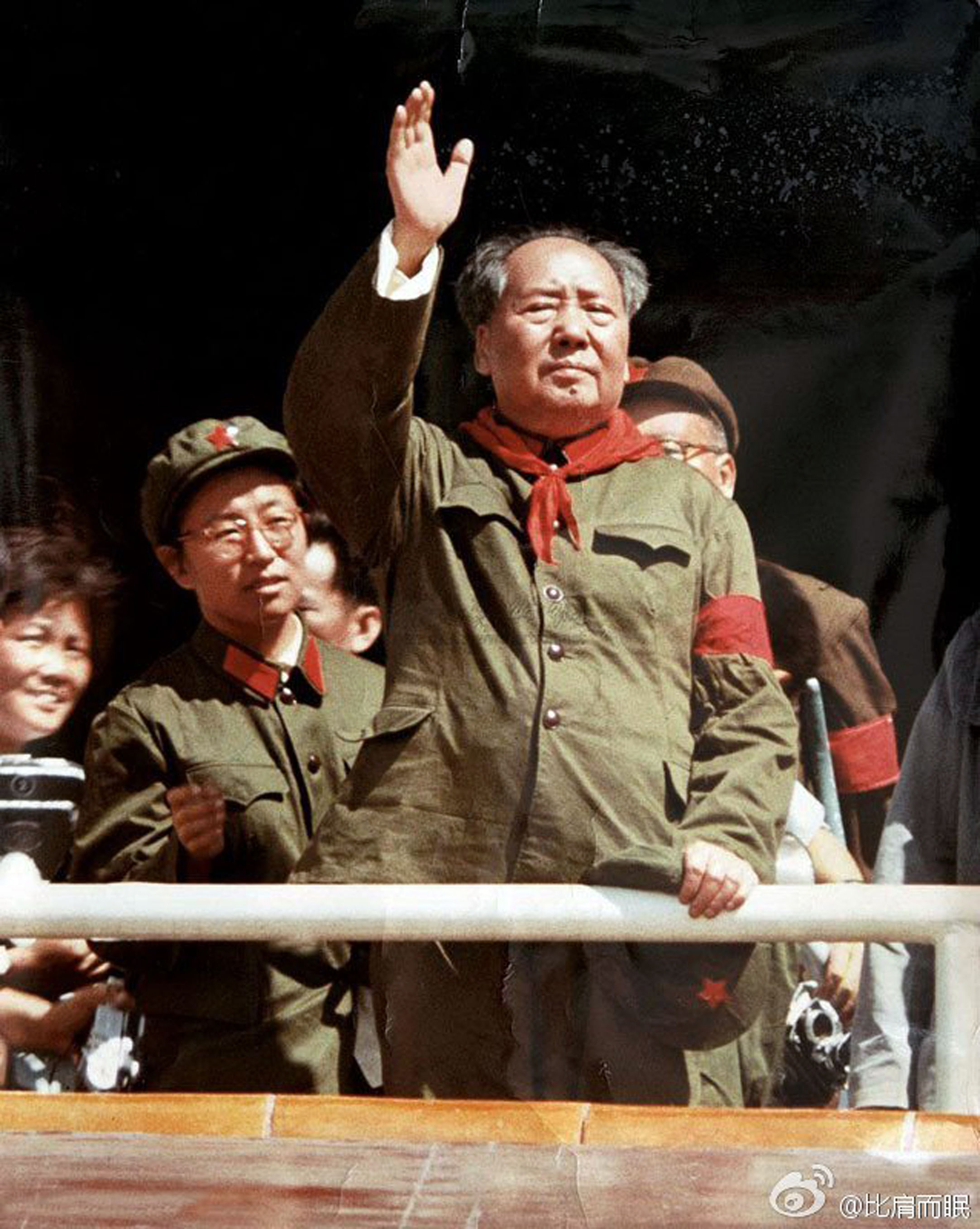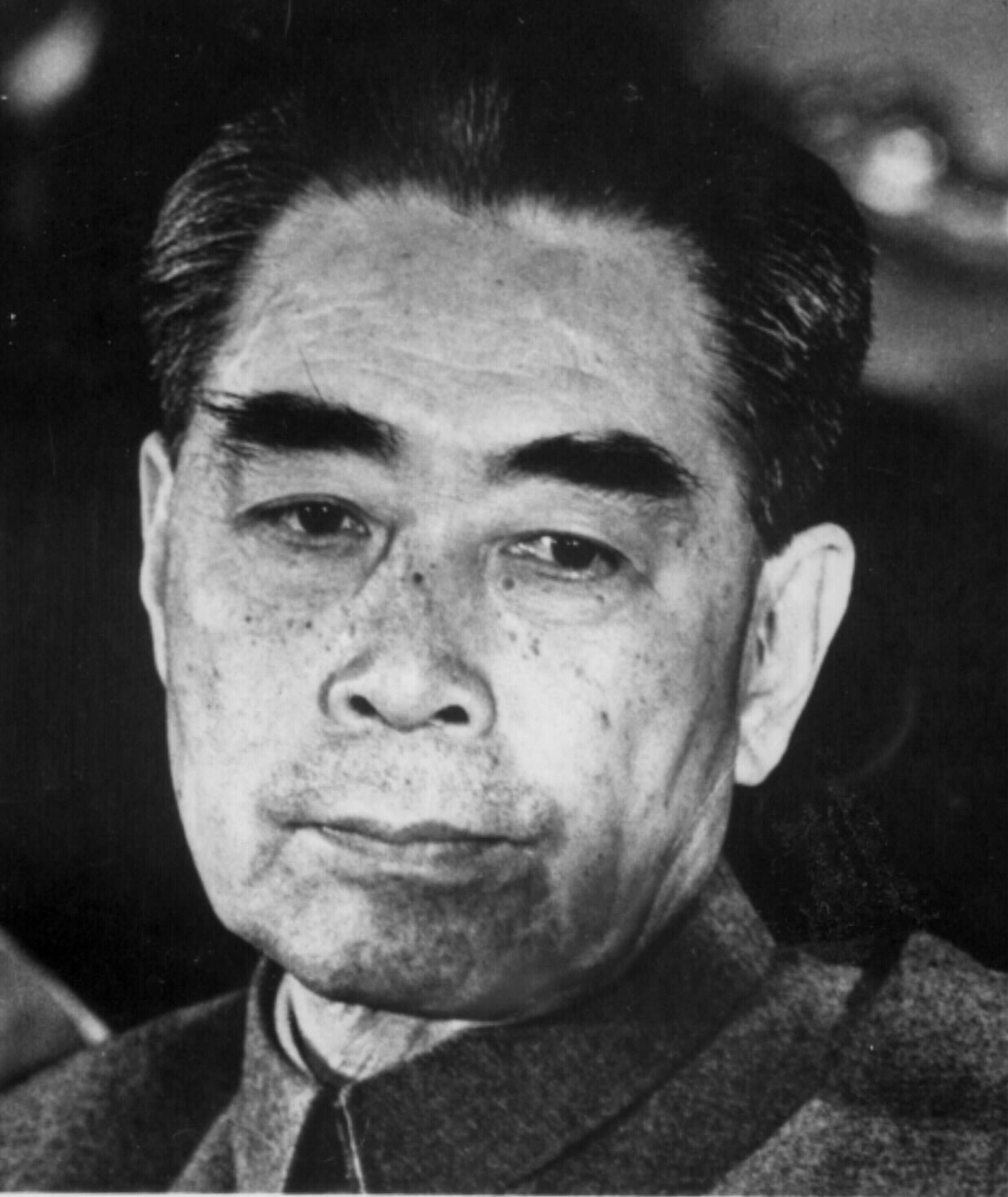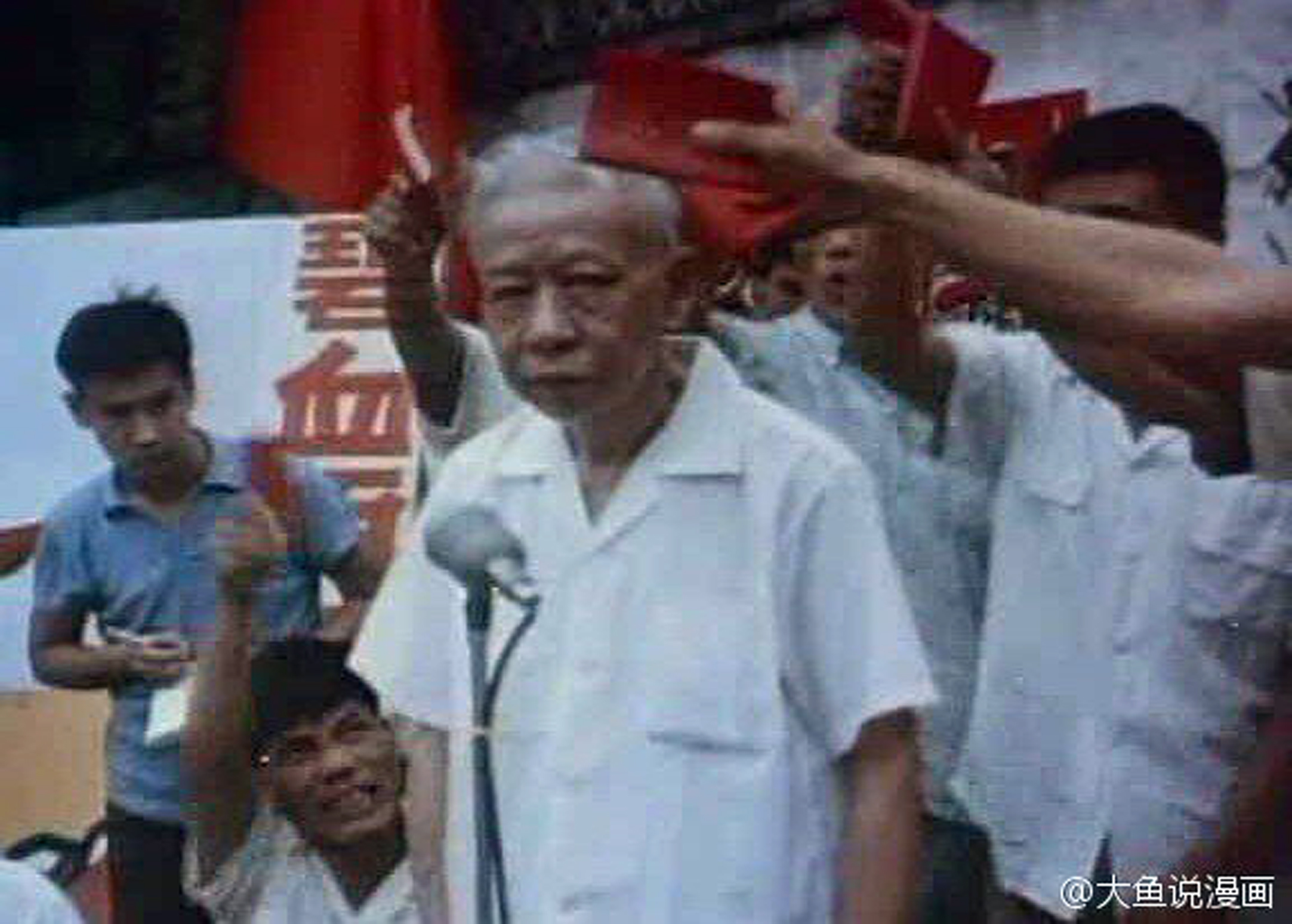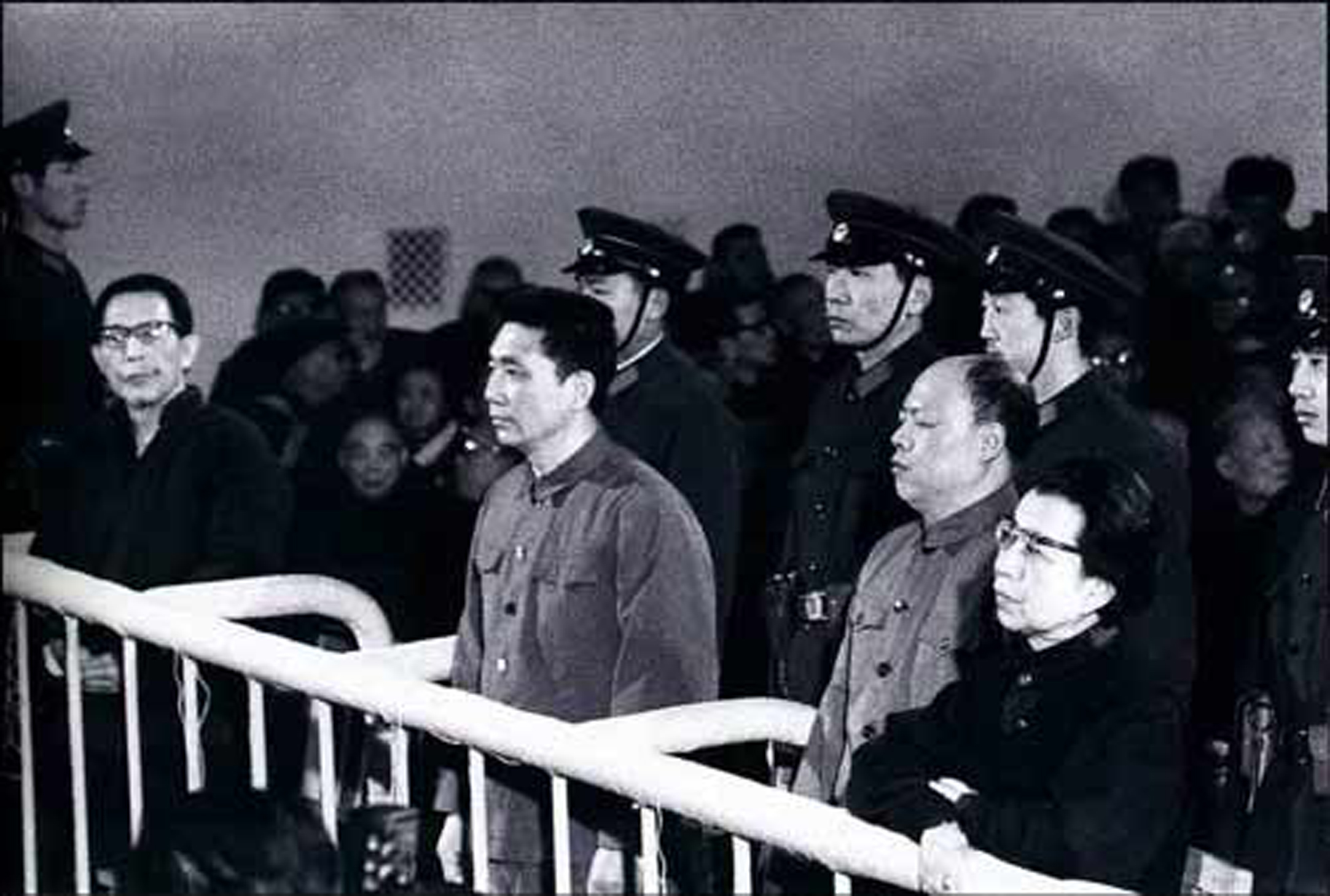Cultural Revolution
Who were the key players in China's Cultural Revolution?
Sign up now: Get insights on Asia's fast-moving developments
Jason Ou
Follow topic:
The Cultural Revolution is arguably the most tumultuous period in modern China's history. It began on May 16, 1966, when Mao Zedong alleged that "representatives of the bourgeoisie" had infiltrated all levels of the party and society, and must be removed through violent class struggle. Here are the key players of the political movement:
Mao Zedong (1893 - 1976)

Mao Zedong meeting the Red Guards in a rally.
PHOTO: SINA WEIBO
Mao, a founding member of the Chinese Communist Party, acted as its chairman from 1943 until his death. He launched a series of political movements to exterminate counter-revolutionaries after overthrowing the Kuomintang government in 1949.
In the last decade of his life, he threw China into political and social chaos by starting the Cultural Revolution. Five years after his death in 1976, the party issued a document blaming Mao for causing the upheaval. "He made grave mistakes during the Cultural Revolution. But look at his life as a whole, his contributions to China's revolution far exceeded his errors," the document said.
Zhou Enlai (1898 - 1976)

Zhou, China's Premier after the founding of the People's Republic of China in 1949, was one of the few of Mao's comrades-in-arms who survived the purges of the Cultural Revolution.
Instrumental in executing Mao's orders, Zhou was implicated in the purges of thousands of officials during the decade-long Cultural Revolution. But his image has remained largely positive among Chinese, who believe he had mitigated the excesses of the Cultural Revolution and kept the economy afloat during the upheaval.
Zhou died of cancer in January 1976. His memorial held in Tiananmen Square drew close to two million people, which alarmed the Gang of Four and finally led to a crackdown.
Liu Shaoqi (1898 - 1969)

The most high-ranking victim of the Cultural Revolution, Liu was believed to be a prime target of the purges when Mao decided to launch the movement.
Once considered a successor to Mao, Liu was China's State President and the party's vice-chairman before he was denounced as the "biggest party leader taking the capitalist road" and labelled the "commander of China's bourgeoisie headquarters".
The propaganda machine was in full force attacking the former No. 2. The People's Daily denounced him as a traitor who "viciously cursed our great leader Chairman Mao's proletarian revolutionary line".
Liu was subjected to public humiliation and torture. He died from pneumonia after his doctors were refused drugs by the authorities. He allegedly told his family before his death: "It's fortunate that history is written by the people."
Lin Biao (1907 - 1971)

Marshal Lin, credited for routing the Kuomintang forces in the 1940s, emerged as Mao's heir apparent soon after Liu was disgraced.
Lin never challenged Mao's policies in public, though he showed little interest in promoting the Cultural Revolution. He played a significant role in building a cult around Mao. In 1969, he was enshrined into the Party Constitution as Mao's "closest comrade-in-arms" and "successor". But shortly afterwards,
Mao grew wary of Lin, who died together with his wife and son under mysterious circumstances in a plane crash in Mongolia in 1971.
Mao grew wary of Lin, who died together with his wife and son under mysterious circumstances in a plane crash in Mongolia in 1971.
China's official narrative says Lin's rise to prominence had emboldened him to attempt to seize supreme power and he fled after a botched coup.
The Gang of Four

The political clique led by Mao's fourth wife Jiang Qing (1914 - 1991) became the main driver of the Cultural Revolution in the 1970s, controlling the party's main power organs.
Jiang, a former actress, entered politics in the 1950s with Mao's support. Her political career took off a decade later as she became the de facto leader of the powerful Cultural Revolution Group.
She allied with three other radicals - Zhang Chunqiao (1917 - 2005), Yao Wenyuan (1931 - 2005) and Wang Hongwen (1935 - 1992) - to purge their political enemies. They were involved in a power struggle with Zhou Enlai and Deng Xiaoping.
The downfall of the Gang of Four came after Mao's death in 1976, with all four subjected to a show trial and convicted of counter-revolution and inciting subversion of state power.
Deng Xiaoping (1994 - 1997)

Deng emerged in the late 1970s as China's new paramount leader in the wake of the Cultural Revolution, during which he survived two purges.
The first purge began in 1966 after Mao slammed Deng for his attempts to hold back the Red Guard movement. Deng's family members soon were targeted by the fanatical students. His brother committed suicide and his son Deng Pufang was left crippled.
Rehabilitated in 1973 when Premier Zhou Enlai fell ill with cancer, Deng strived to revive China's paralysed economy. But again his policies aroused Mao's suspicions and he was stripped of power after Zhou's death in January 1976.
Deng was able to quickly consolidate power after Mao's death in September 1976 and the subsequent downfall of the Gang of Four. He became China's top leader in 1978, steering the country away from political movements and launching economic reforms.

